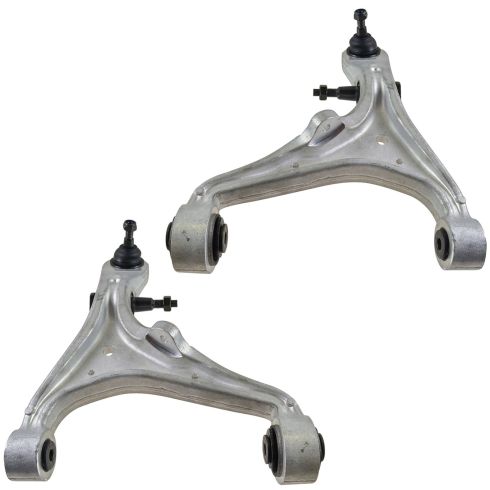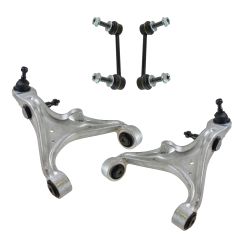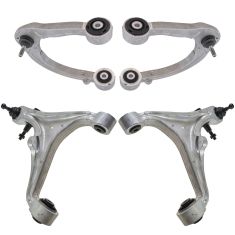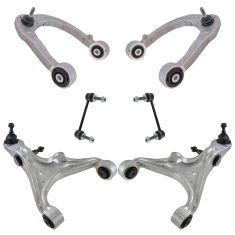1ASFK04324-Cadillac CTS SRX STS Front Driver & Passenger Side Lower 2 Piece Control Arm with Ball Joint Set TRQ PSA62565

Replaces
2010 Cadillac CTS All Wheel Drive Front Driver & Passenger Side Lower 2 Piece Control Arm with Ball Joint Set TRQ PSA62565

Product Reviews
Loading reviews
5.00/ 5.0
4
4 reviews
Control arms and links
October 18, 2019
Very quick service, received parts quickly and excellent shape. When returned item everything was smooth with the return and credit posted quickly to my account .
Thank you
Quality parts
April 23, 2020
Parts were delivered super fast. Perfect fit. Saved alot of money. Great customer service. I would highly recommend 1A1
June 25, 2022
Quality parts, Great price. Quick delivery. Fit perfectly.
The install video was very well done!
It was extremely helpful to see beforehand what kind of job the install was going to be.
Provided the specific wrench & socket sizes, torque specs, install tips- much appreciated!
Thank you!
Cadillac srx lower balljoint assembly
July 18, 2022
I would totally recomend this product! Its as eazy as 1-2-3 to install thank to A1auto how to videos! Direct replacement just like OEM parts also big difference in steering n ride! Will need a wheel alignment though!
Customer Q&A
not seeing a part difference on here between CTS and CTS-V, is there one?
May 10, 2020
10
Thank you for your inquiry! This kit is listed to fit all 2008-2013 CadillacCTS models with All Wheel Drive. As long as your CTS-V has AWD the parts will be correct. Please let us know if you have any further questions, thank you.
May 11, 2020
Jessica D
Cadillac is a registered trademark of General Motors Company. 1A Auto is not affiliated with or sponsored by Cadillac or General Motors Company.
See all trademarks.












